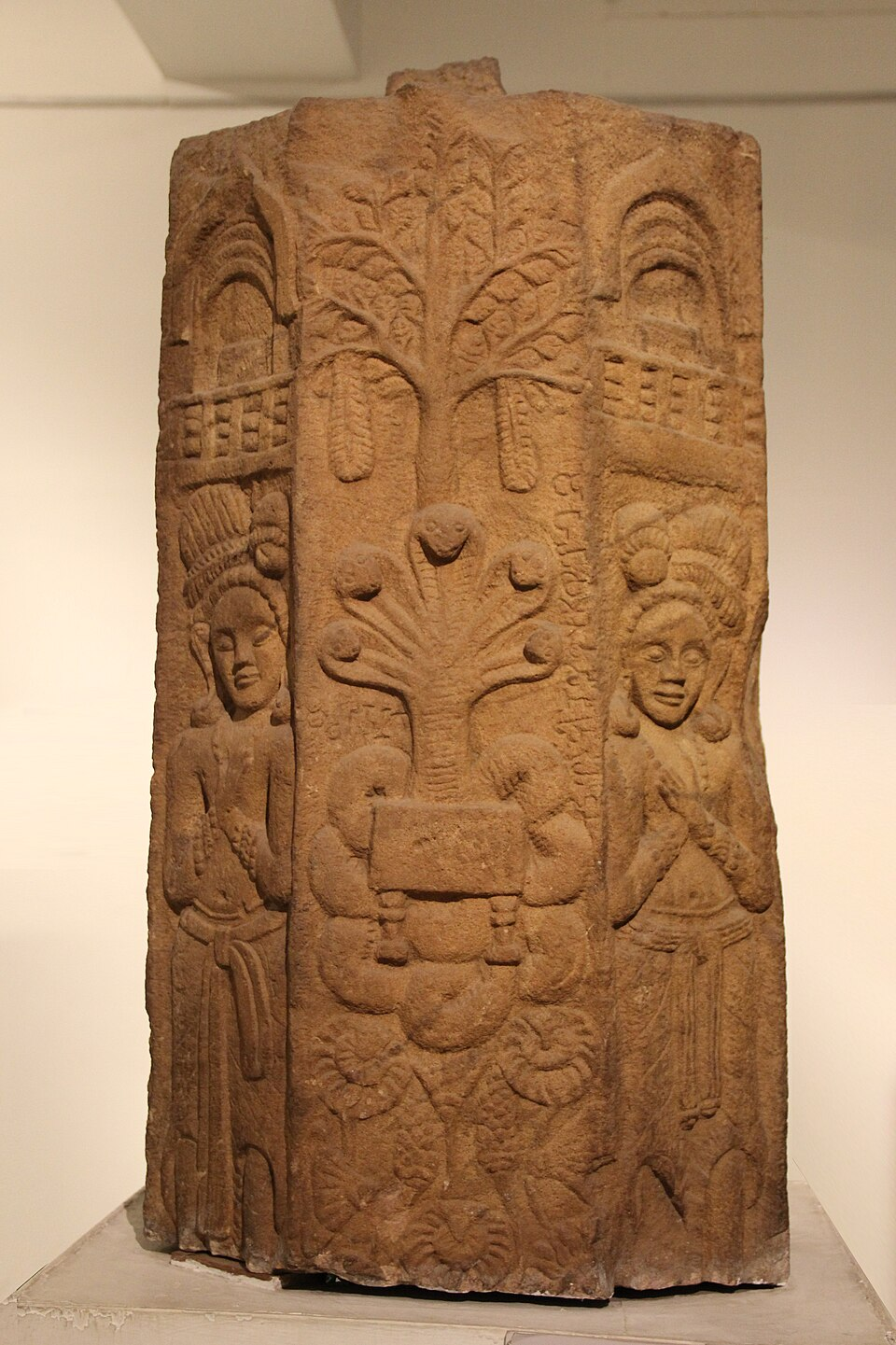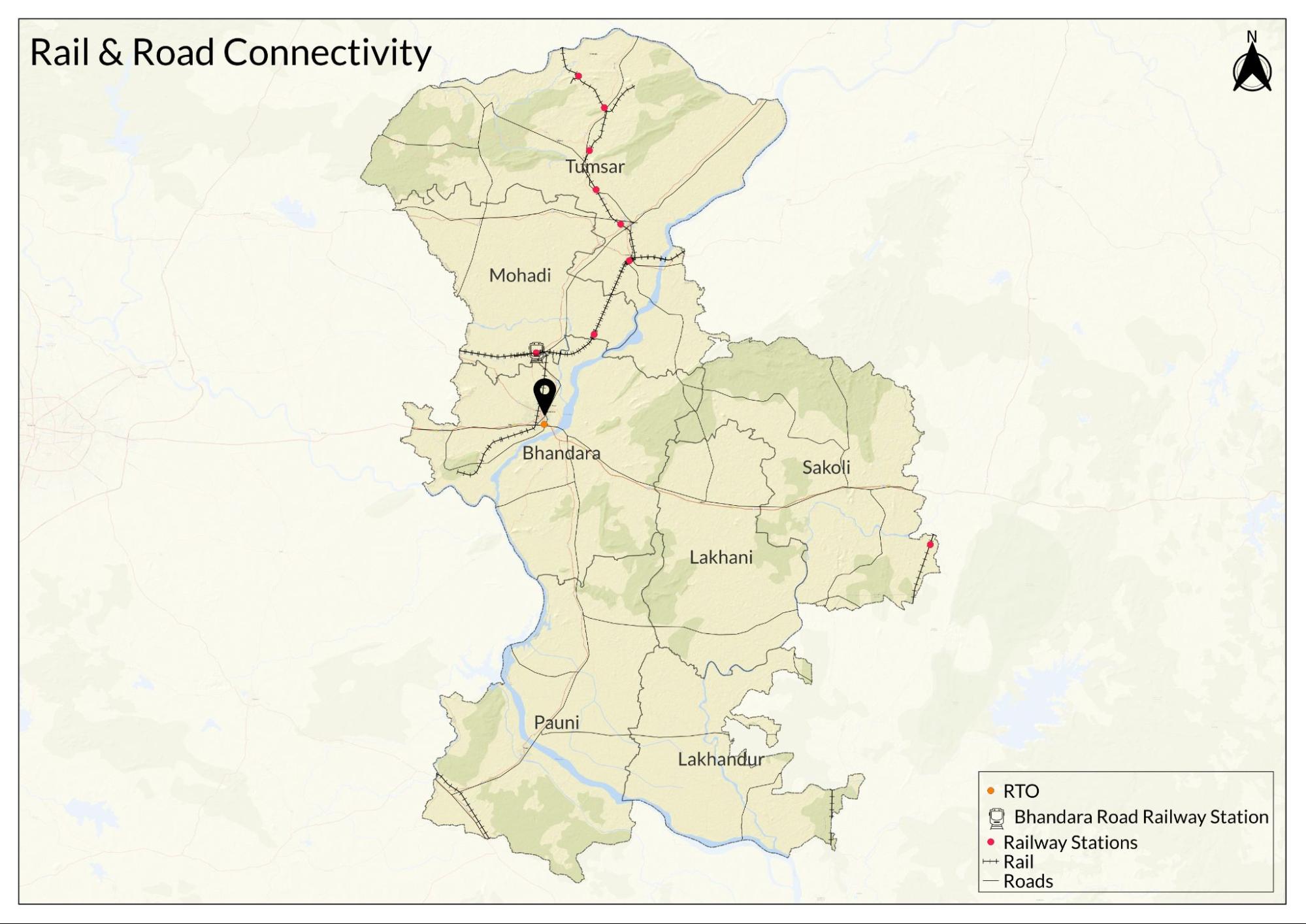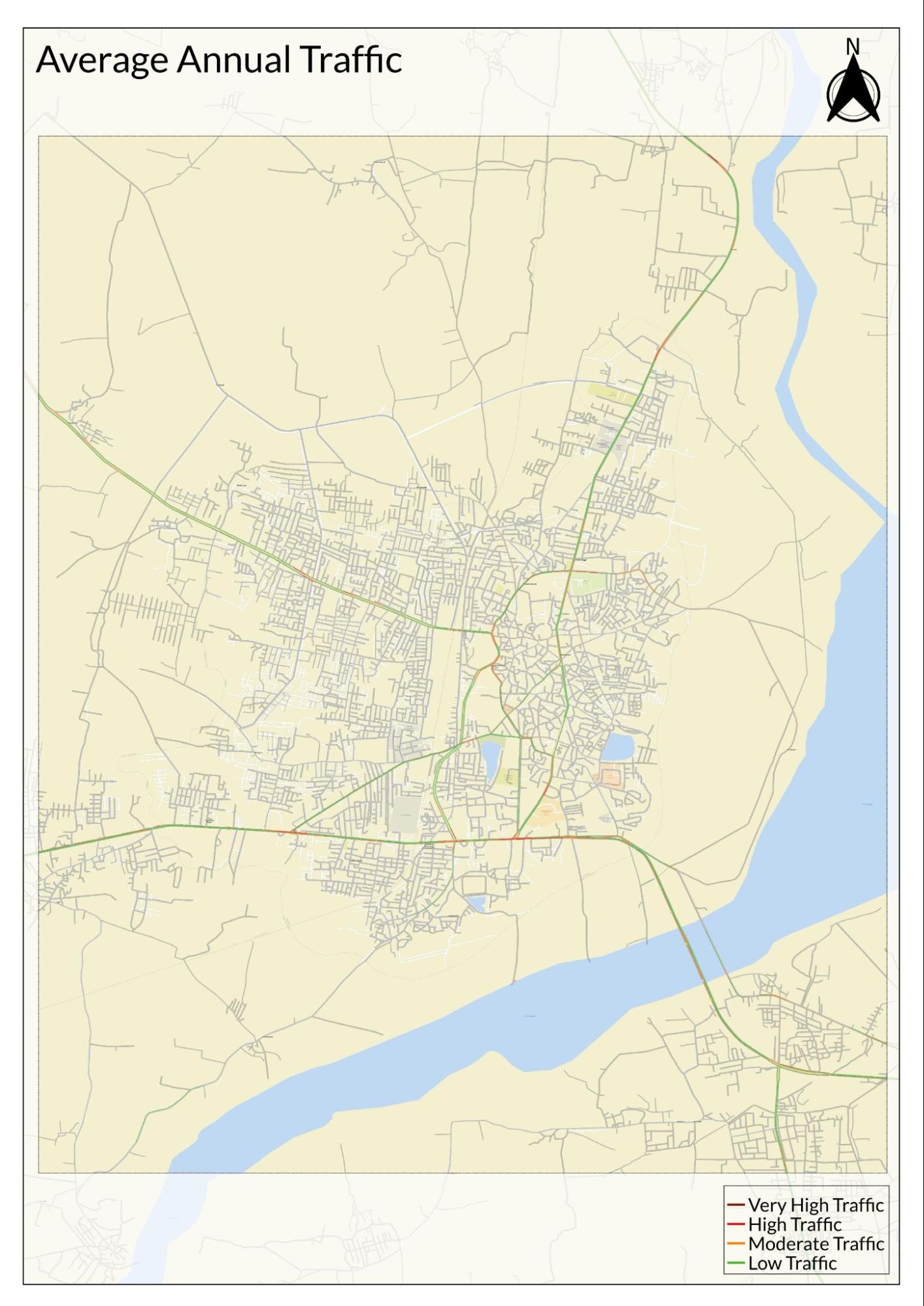Contents
- History
- Ancient Trade Routes
- Traditional Means of Conveyance
- Modes of Transportation in the District
- Train and Rail Systems
- Overview of Bus Networks
- Autos & Shared Vehicles
- Ferries & Water Transport
- Traffic Map
- Communication Networks
- Newspapers & Magazines
- Community Engagement and Awareness
- Graphs
- Road Safety and Violations
- A. Cases of Road Safety Violations
- B. Fines Collected from Road Safety Violations
- C. Vehicles involved in Road Accidents
- D. Age Groups of People Involved in Road Accidents
- E. Reported Road Accidents
- F. Type of Road Accidents
- G. Reported Injuries and Fatalities due to Road Accidents
- H. Injuries and Deaths by Type of Road
- I. Reported Road Accidents by Month
- J. Injuries and Deaths from Road Accidents (Time of Day)
- Transport Infrastructure
- A. Household Access to Transportation Assets
- B. Length of Roads
- C. Material of Roads
- D. Licenses Issued
- Bus Transport
- A. Number of Buses
- B. Number of Bus Routes
- C. Length of Bus Routes
- D. Average Length of Bus Routes
- E. Daily Average Number of Passengers on Buses
- F. Revenue from Transportation
- G. Average Earnings per Passenger
- Communication and Media
- A. Household Access to Communication Assets
- B. Newspaper and Magazines Published
- C. Composition of Publication Frequencies
- Sources
BHANDARA
Transport & Communication
Last updated on 6 November 2025. Help us improve the information on this page by clicking on suggest edits or writing to us.
History
Ancient Trade Routes
Ancient trade routes played a significant role in shaping the economic and cultural development of the area now known as Bhandara district. Among the various sites that point to this history is Pauni, which is regarded as a major trading centre in ancient Vidarbha.
Excavations at Pauni have revealed extensive remains from the Maurya and Satavahana periods. These discoveries include coins from the Satavahana rulers, as well as coins from places like Taxila (now in Pakistan), showing that traders in Pauni exchanged goods with other regions far away.
The prosperity generated by these trade connections supported the growth of urban settlements. During the Satavahana period, Pauni emerged as one of the few urban centres in the Western Deccan, benefiting from its strategic location near the Wardha–Wainganga river system, which likely aided the movement of goods.
Religious life in the region was also closely tied to these routes. The presence of three major stupas—Jagannath Tekri, Suleman Tekri, and Hardolal Tekri—shows that Pauni developed as a centre of Hinayana Buddhism, supported in part by merchant communities and trade guilds. Archaeologist S. B. Deo (1972) notes that Pauni’s position and access to resources along these corridors contributed to the spread of Buddhism in the Vidarbha region.

The Satavahana dynasty maintained control over these networks for nearly four centuries before their rule in Vidarbha was succeeded by the Vakatakas, who continued to benefit from established trade routes.
Traditional Means of Conveyance
For everyday travel and trade in Bhandara district, it depended mainly on a variety of locally made carts. According to the district Gazetteer (1979), two main types were common. The Bandi or Gam carts were designed for better village and main roads. They were fitted with large wheels with wide rims, which made them more stable and suitable for longer hauls on smoother surfaces.
In contrast, the Gara cart was the preferred choice for rough village tracks and uneven rural paths. These carts had smaller wheels with narrow tires, which sat neatly in the deep ruts that formed over time. Teak was often used for wheels, while durable babul wood was used for the hubs, ensuring that carts could handle daily wear and tear.
For shorter trips or quick local travel, smaller carts called Rengz and Chhakrad were used. A Rengz could seat five or six people, while a Chhakrad, often pulled by ponies instead of bullocks, usually carried two passengers and was suited for quicker journeys. Records from 1905–06 show that the district had nearly 88,600 carts, a figure that reflects just how vital these vehicles were to village life, market visits, and the small-scale movement of goods.
One major road helped link this network of local conveyance to larger trade routes. The Great Eastern Road, which passed through Bhandara, connected Nagpur to other parts of the region. Of its 116 km, about 64 km lay within the district, allowing goods like timber from Chandrapur’s forests and local grain harvests to reach Nagpur markets more easily. Through much of the 20th century, bullock carts, horse carts, and cycle rickshaws remained in use in towns and villages alike.
Modes of Transportation in the District
Train and Rail Systems
Rail transport remains an important part of Bhandara district’s connectivity, linking it to major cities such as Mumbai, Kolkata, Delhi, and Pune. The district falls under the South East Central Railway Zone, with stations managed by the Nagpur Division. The main station is Bhandara Road Railway Station, located at Warthi, about 11 km from Bhandara city. Other stations in the district include Koka, which helps connect local passengers and goods to the wider railway network.


Overview of Bus Networks
Bhandara district is mainly served by State Transport Corporation buses and a growing network of private operators. Regular services such as the traditional Lal Pari buses continue to run, while faster Neem Aram and air-conditioned Shiv Shahi buses have added comfort and speed on longer routes. Bus stops and stations have been renovated in recent years to make daily travel more convenient.
Private operators including Narendra Travels, Sandeep Transport, Tajdar Transportation, and Lokseva run goods and passenger services to nearby cities, adding to the district’s transport options. Interestingly, earlier, locals say, steam buses connected villages before these contemporary services took over.
Autos & Shared Vehicles
In Bhandara district, auto rickshaws are the main option for short-distance travel within towns and nearby areas. Most operate without meters, so passengers often share rides to keep fares low, usually around Rs. 20 for local trips.
People depend on known local drivers and fixed auto stands to reach markets, schools, or nearby villages. Shared vehicles continue to be the practical link for short trips where buses do not reach.
Ferries & Water Transport
Bhandara district has limited water transport in the present day. Locals say that small wooden boats operated by the Dheevar community are mainly used for fishing and short local crossings on rivers such as the Wainganga.
Still, historically, river transport was more common, especially during the monsoon. According to the district Gazetteer (1979), bamboos from Balaghat District were floated downstream on the Bagh and Wainganga rivers, while grain was brought from the northern parts of Chandrapur district and vegetables were transported by boat from Pauni to Bhandara City. With the expansion of roads and railways, however, most of this activity has declined.
Traffic Map

Communication Networks
Newspapers & Magazines
Bhandara district has several local periodicals that cover district news along with national and international events. In the 20th century, interestingly, it is recorded in the district Gazetteer (1979) that five local weeklies were published, namely, Lokwani and Bhandara Times (both from Bhandara), Gramin Samachar (Lakhani), Satyadarshan (Tumsar), and Tiroda Times (Tirora).
Alongside local periodicals, newspapers printed in larger cities such as Nagpur and Mumbai have wide circulation in Bhandara. Marathi, Hindi, and English papers including Tarun Bharat, Nagpur Times, Maharashtra Times, Lokasatta, Hitawada, NavBharat, Yugdharma, Nagpur Samachar, Times of India, Free Press Journal, and Indian Express reach readers across the district. These continue to serve as the main source of daily news for many households.
Community Engagement and Awareness
For the community engagement and awareness, locals say that both new and traditional ways to share information about government programmes with residents in the district. Village secretaries and local officials visit communities to explain what schemes are available and help people apply for them.
In many villages, traditional tools are still used to gather people together. One common method is the Dawandi, a large metal plate that is struck to make a loud sound. This is used to call villagers for meetings like Gram Sabhas or for urgent announcements.
Local cultural groups also help spread awareness. These groups travel from village to village performing short folk dramas that explain government schemes in simple language, so that everyone can understand and remember the key points.
Graphs
Road Safety and Violations
Transport Infrastructure
Bus Transport
Communication and Media
Sources
Government of Maharashtra. 1979. Maharashtra State Gazetteers: Bhandara District. Directorate of Govt. Printing, Mumbai.
S.B. Deo and J.P. Joshi. 1972. Pauni Excavation, 1969–70. Nagpur: Nagpur University.
World Health Organization. Road Safety. WHO, Geneva.https://www.who.int/health-topics/road-safet…
Last updated on 6 November 2025. Help us improve the information on this page by clicking on suggest edits or writing to us.